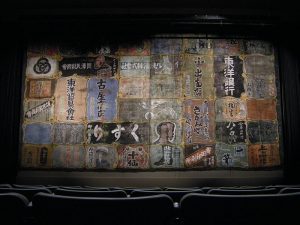Ok, so the time has come for me to figure out the difference between these two.
From the 違いがわかる事典:
One can read a book while lying down (寝たまま) but not while sleeping (眠った状態).
The focus of 寝る is on the fact that one’s body is lying down; hence the opposite is 起きる (to get up).
The focus of 眠る is on one’s eyes being closed and being unconscious/asleep; the opposite is 覚める (to wake up).
From the 知恵袋:
The main senses of 寝る are: to sleep; to lie down; to sleep with someone; to be confined (by illness) to bed.
The main senses of 眠る are: to reduce activity and fall unconscious; to be inactive; to die.
In both cases the first sense is shared between the two terms, while the remaining senses are specific to the given word.
The main difference, then, seems to be that 眠る always refers to being asleep, whereas 寝る does not necessarily do so.



Recent Comments